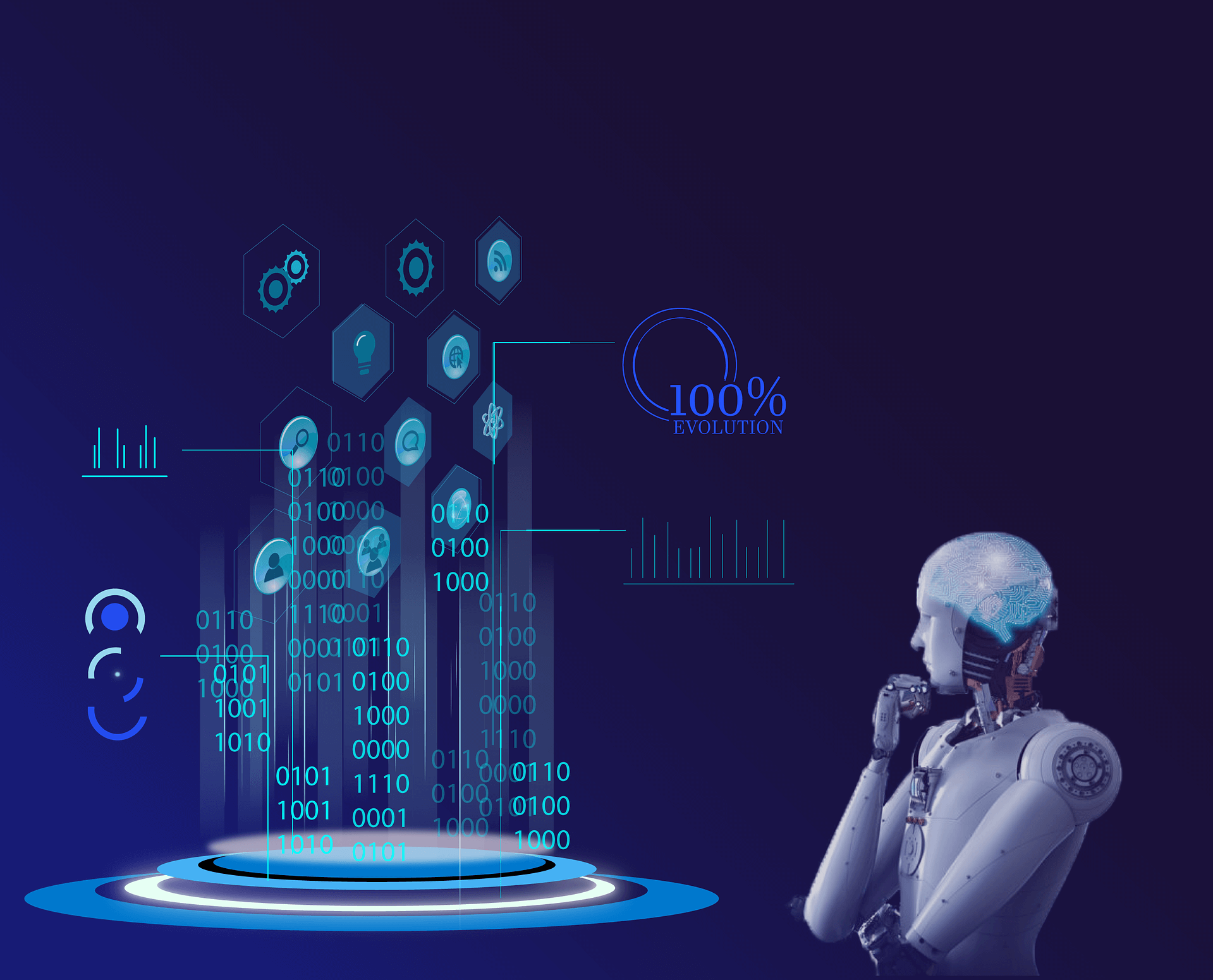Physical Address
304 North Cardinal St.
Dorchester Center, MA 02124
Physical Address
304 North Cardinal St.
Dorchester Center, MA 02124

Era of Data Science

Era of Data Science

Machine learning (ML) and artificial intelligence (AI) are very closely related and intertwined. AI and ML are commonly used interchangeably, but machine learning is a sub-category of artificial intelligence. It is an allied branch of computer science that focuses on technology to create intelligent machines that can think and act like humans. In this regard, artificial intelligence has the ability to follow human thoughts and act as humans for the real world, whereas machine learning systems have the ability to identify patterns, make decisions, and better themselves through past experience and reference data.
What is Machine Learning?
Machine learning is a subfield of artificial intelligence that involves the design and development of algorithms and models that can learn from and make predictions or decisions based on data. These algorithms and models are trained on a dataset, which consists of input data and corresponding labels or outcomes, and they use this training data to learn the relationships and patterns that exist within the data. Once trained, these models can be used to make predictions or decisions on new, unseen data.
There are many different types of machine learning, including supervised learning, unsupervised learning, semi-supervised learning, reinforcement learning and Deep learning.
Some common applications of machine learning include image and speech recognition, natural language processing, predictive modeling, and anomaly detection. Machine learning has been used to improve a wide range of industries and applications, including healthcare, finance, transportation, and more.
What Is Artificial Intelligence?
Artificial intelligence (AI) refers to the ability of a computer or machine to mimic the cognitive functions of the human mind, such as learning and problem-solving.
AI can be classified into two categories: narrow or general.
Narrow AI refers to AI that is designed to perform a specific task, while general AI refers to AI that is capable of performing a wide range of tasks.
There are various techniques used to develop AI systems, including machine learning, natural language processing, and robotics. Machine learning involves training algorithms on large amounts of data to enable them to make decisions or predictions without being explicitly programmed. Natural language processing involves enabling computers to understand, interpret, and generate human language. Robotics involves designing and building robots that can perform tasks in the physical world.
AI has the potential to transform many industries and has already been adopted in a variety of applications, including image and speech recognition, language translation, and decision-making. However, it also raises ethical and societal concerns, such as the potential loss of jobs and the potential for AI to be used for malicious purposes.
AI and machine learning are being used in a wide range of applications across various industries, including:
1. Healthcare: AI and machine learning are being used to analyze medical images, such as X-rays and MRIs, to help diagnose diseases and identify potential health issues.
2. Finance: Machine learning algorithms are being used to analyze financial data and make predictions about market trends and the performance of individual stocks.
3. Transportation: AI and machine learning are being used to develop autonomous vehicles, such as self-driving cars and drones, which can navigate and make decisions on their own.
4. Retail: Machine learning algorithms are being used to personalize online shopping experiences and make recommendations to customers based on their past purchases and browsing history.
5. Manufacturing: AI and machine learning are being used to optimize production processes and improve efficiency in factories.
6. Energy: AI and machine learning are being used to analyze energy usage patterns and optimize the use of renewable energy sources.
7. Education: AI and ML can be used to personalize learning experiences and provide personalized feed.
8. Customer service: AI and ML can be used to provide personalized recommendations and support to customers, through chatbots and other means.back to students.
9. Agriculture: AI and ML can be used to optimize crop yields and improve the efficiency of farming operations.
These are just a few examples of the many ways that AI and machine learning are being used in various industries. As the technology continues to advance, it is likely that we will see even more innovative uses for AI and machine learning in the future.
Careers in AI and Machine Learning fields:
There are a wide range of career opportunities available in the field of AI and machine learning, including:
These are just a few examples of the many career paths available in the field of AI and machine learning. To pursue a career in this field, it is typically helpful to have a strong foundation in mathematics, computer science, and statistics, as well as hands-on experience with machine learning tools and techniques.